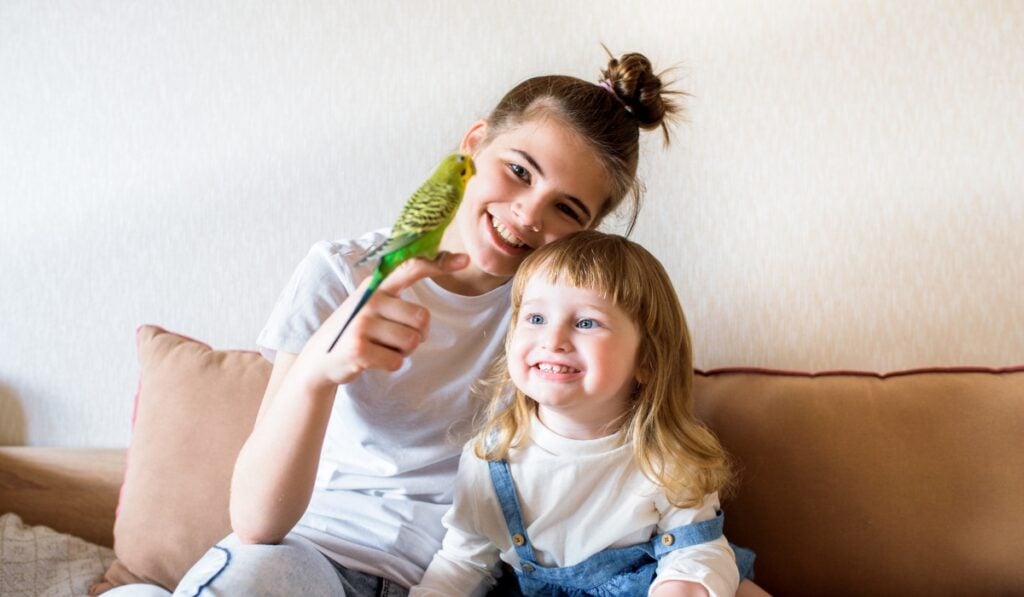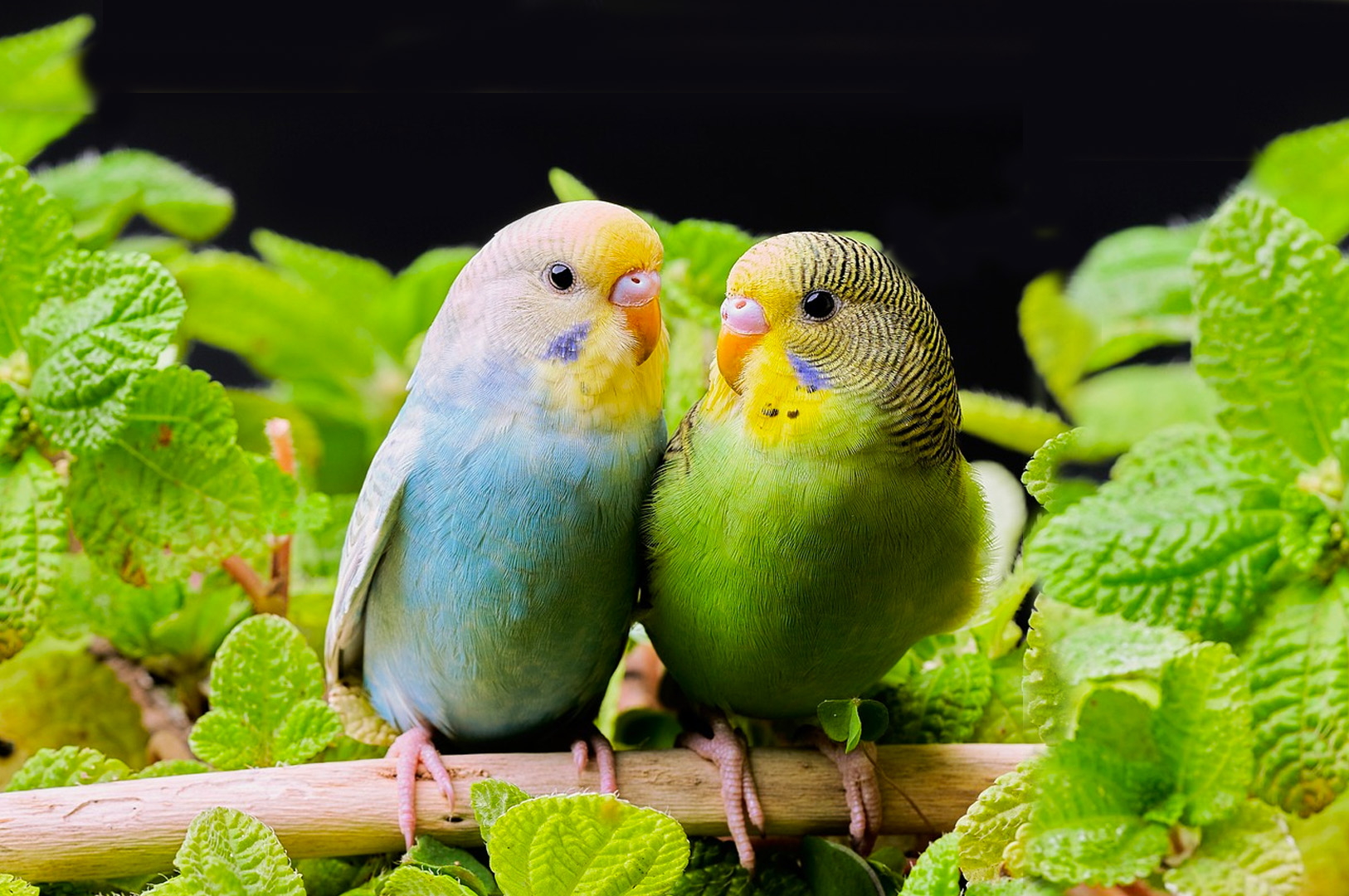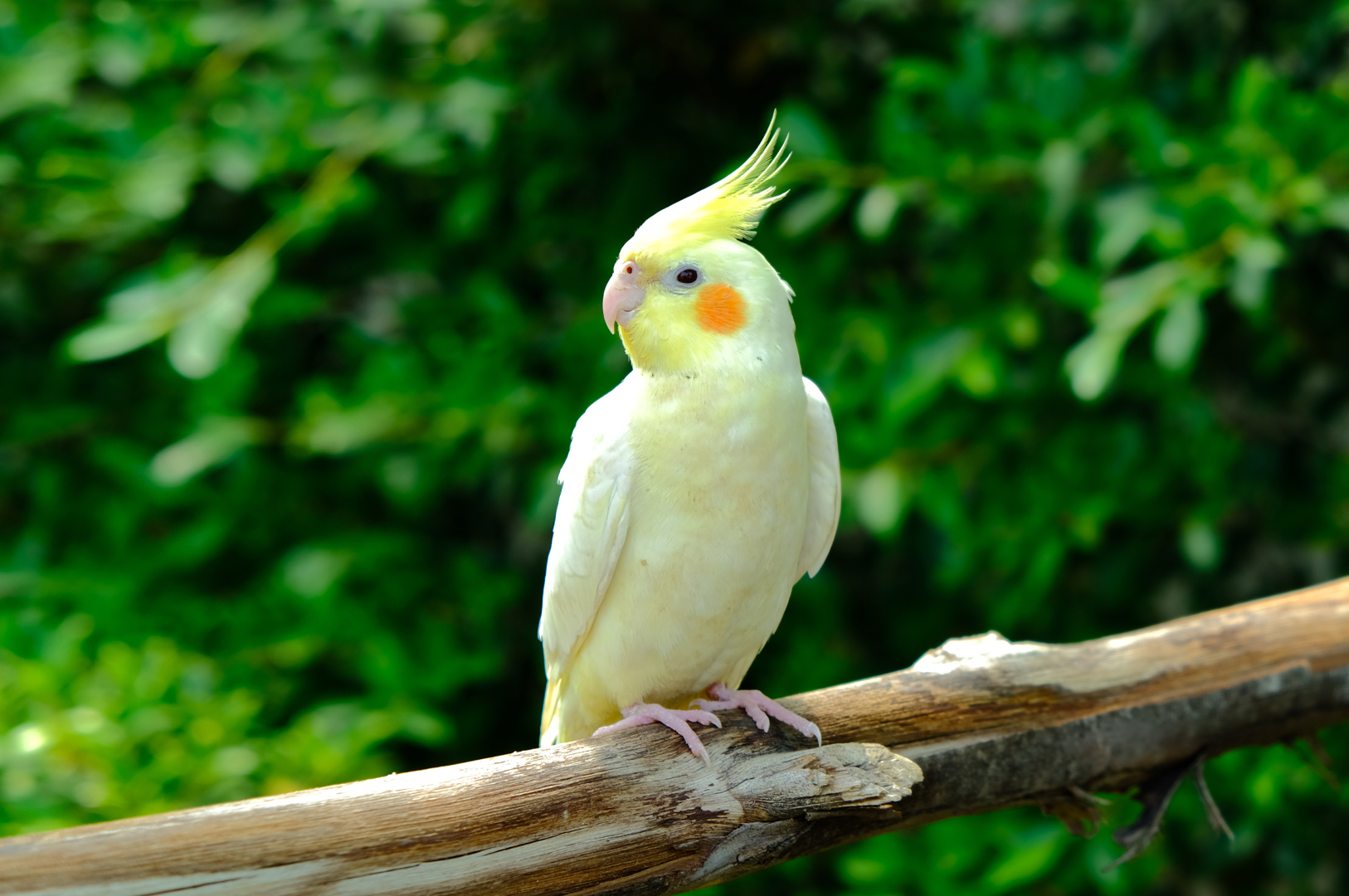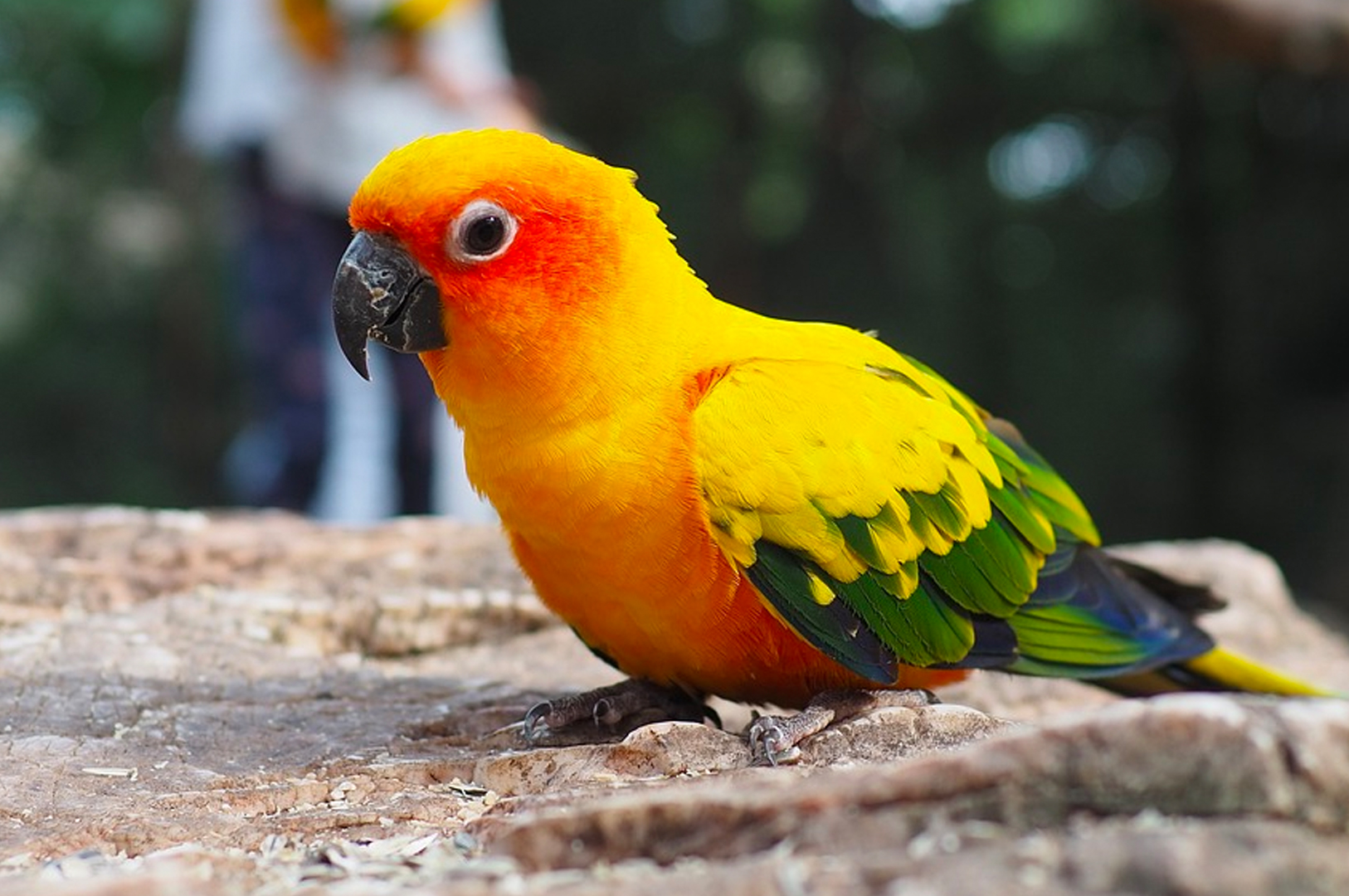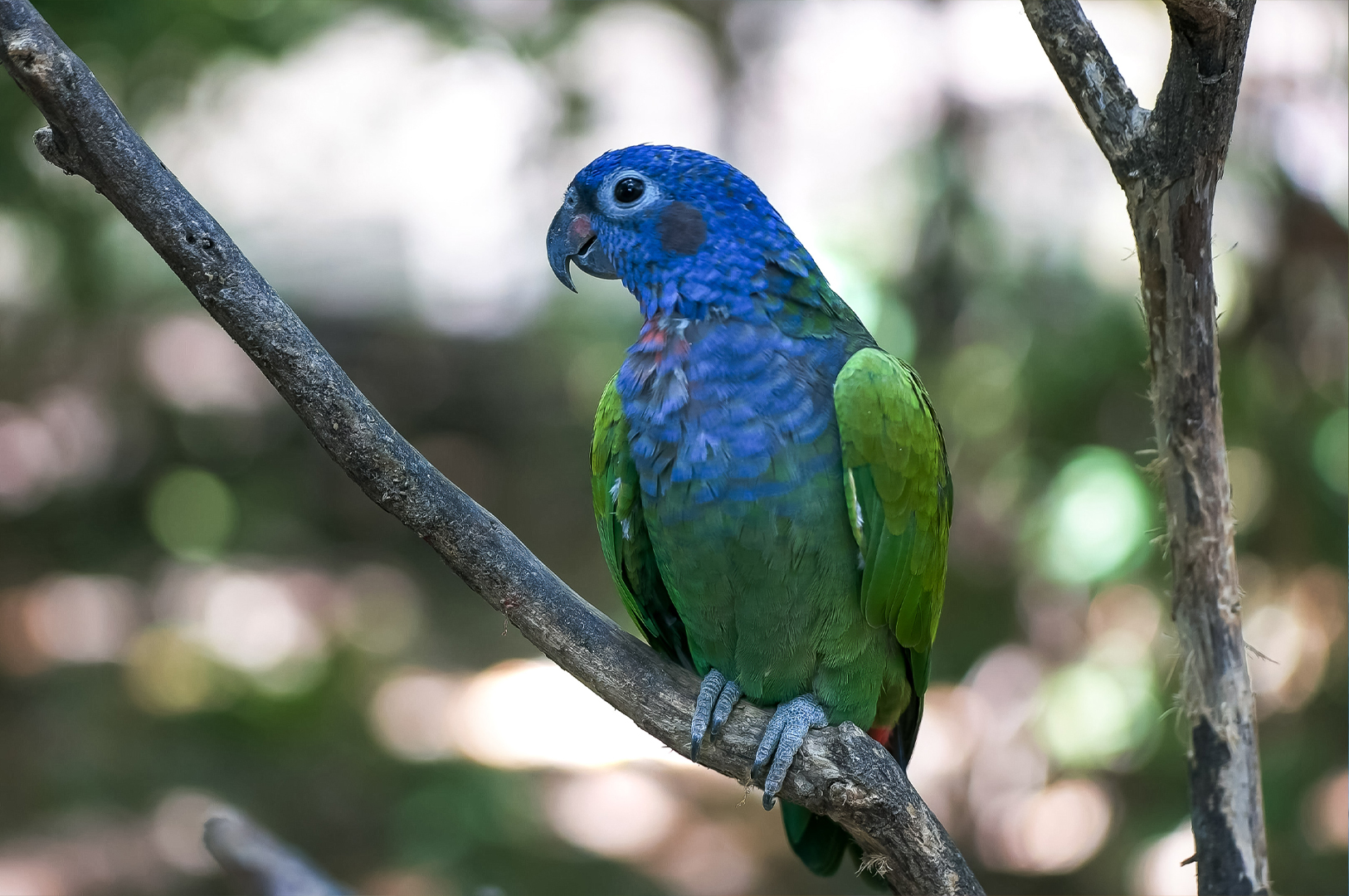Your cart is currently empty!
HARI Official Brand Site
14 Results
Clear All Filters
-
Psittacus erithacus
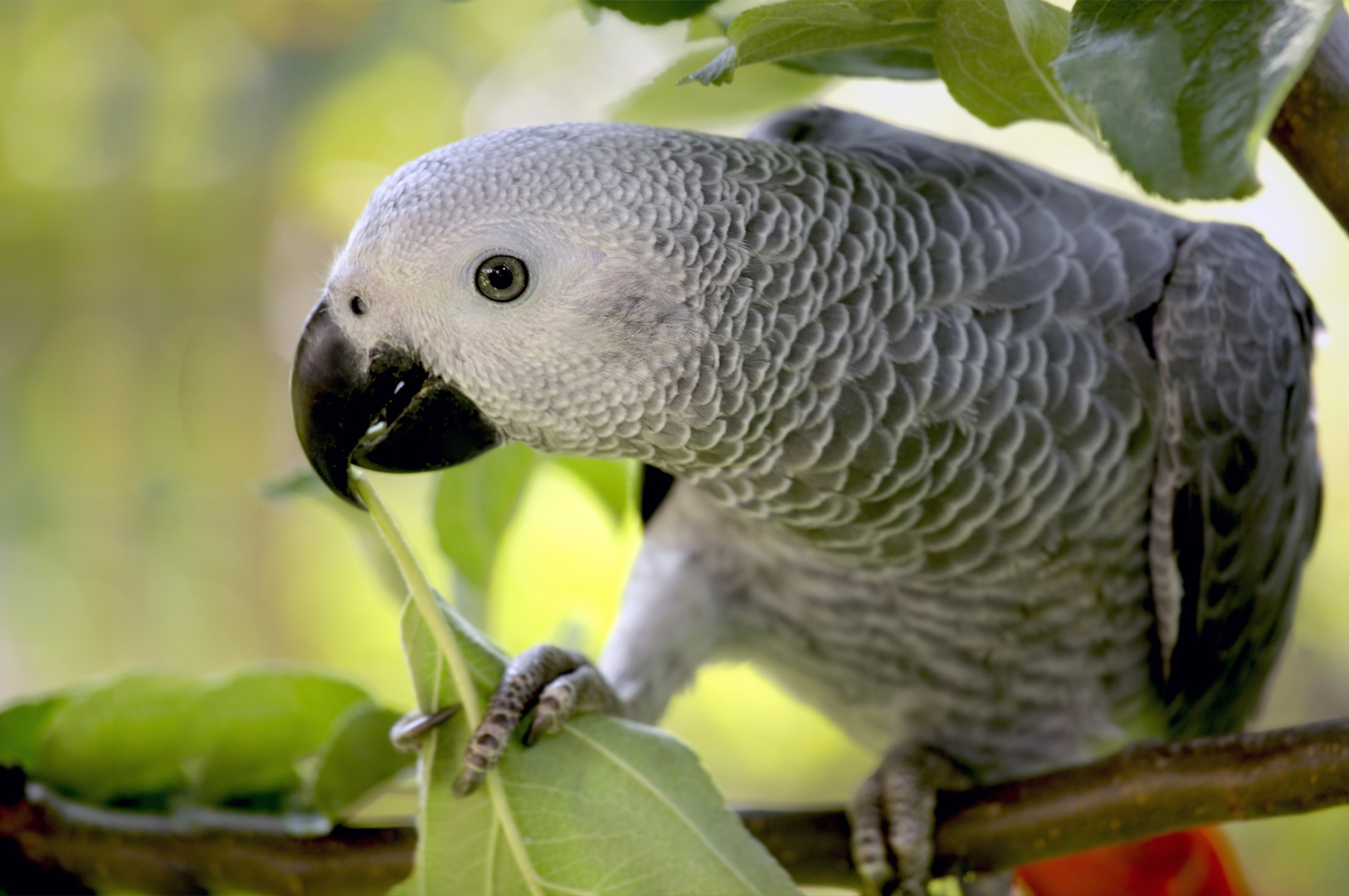
African Greys
-
Amazona
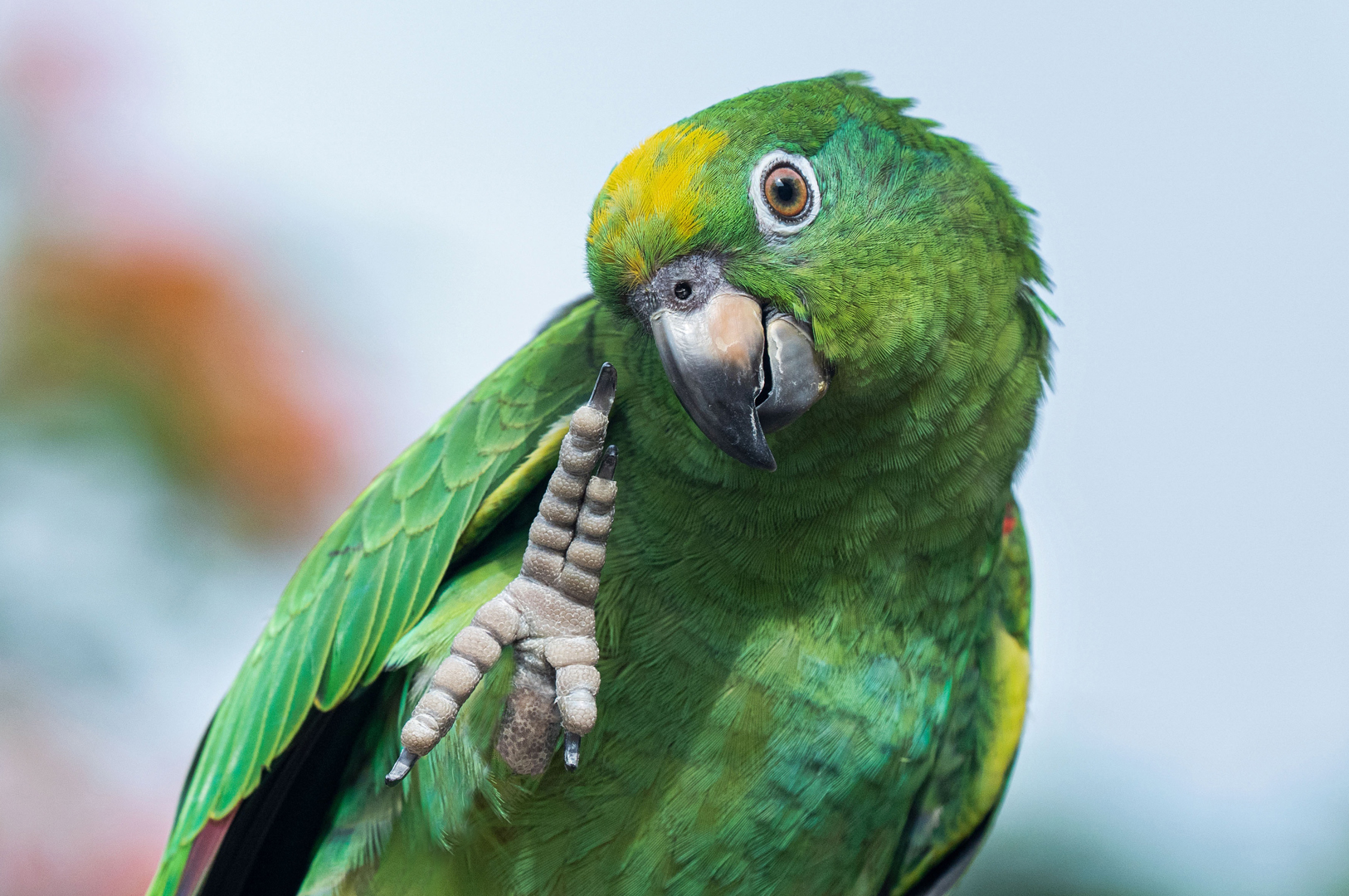
Amazon Parrots
-
Pionites

Caiques
-
Cacatua alba
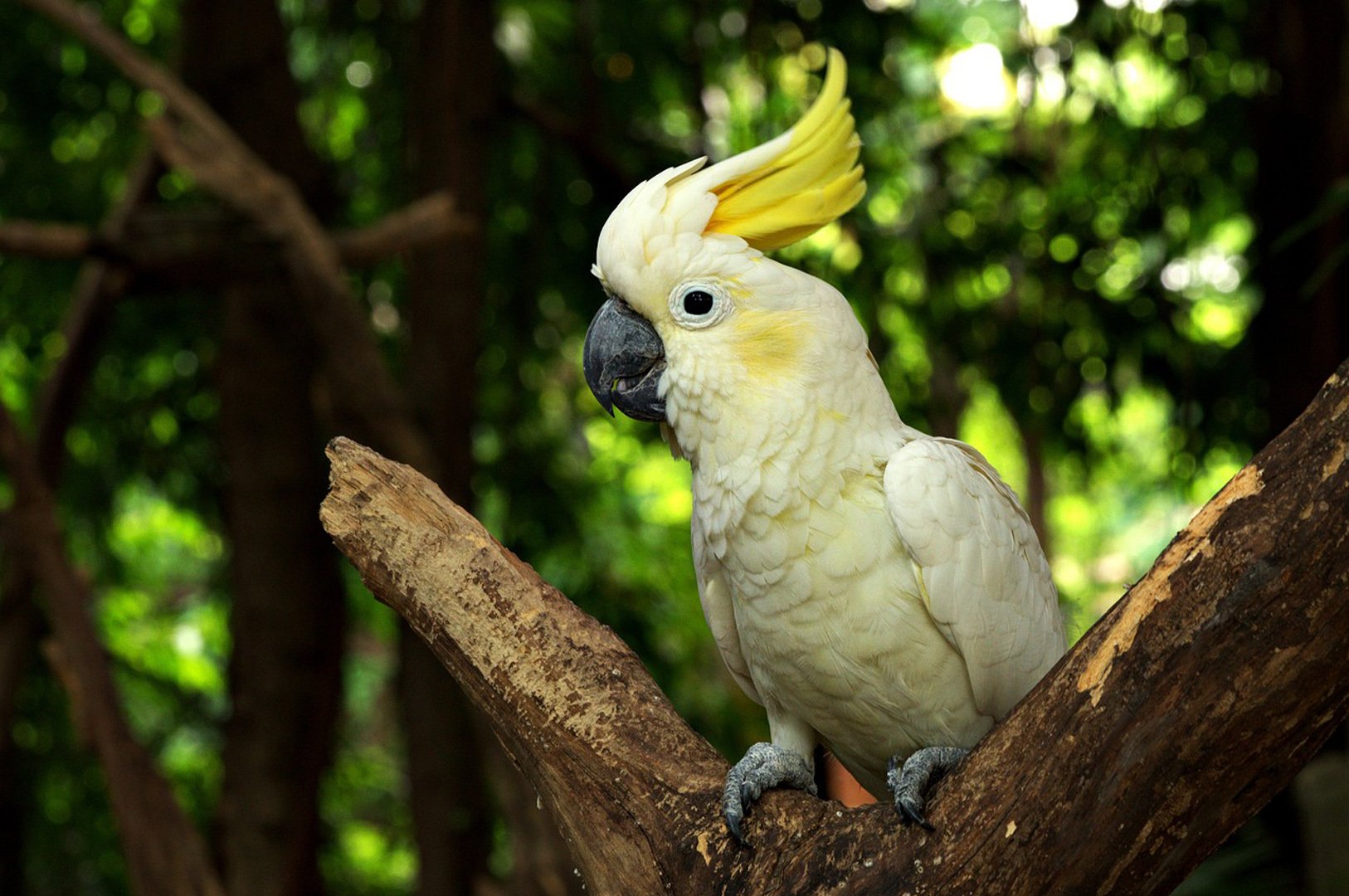
Cockatoo
-
Eclectus
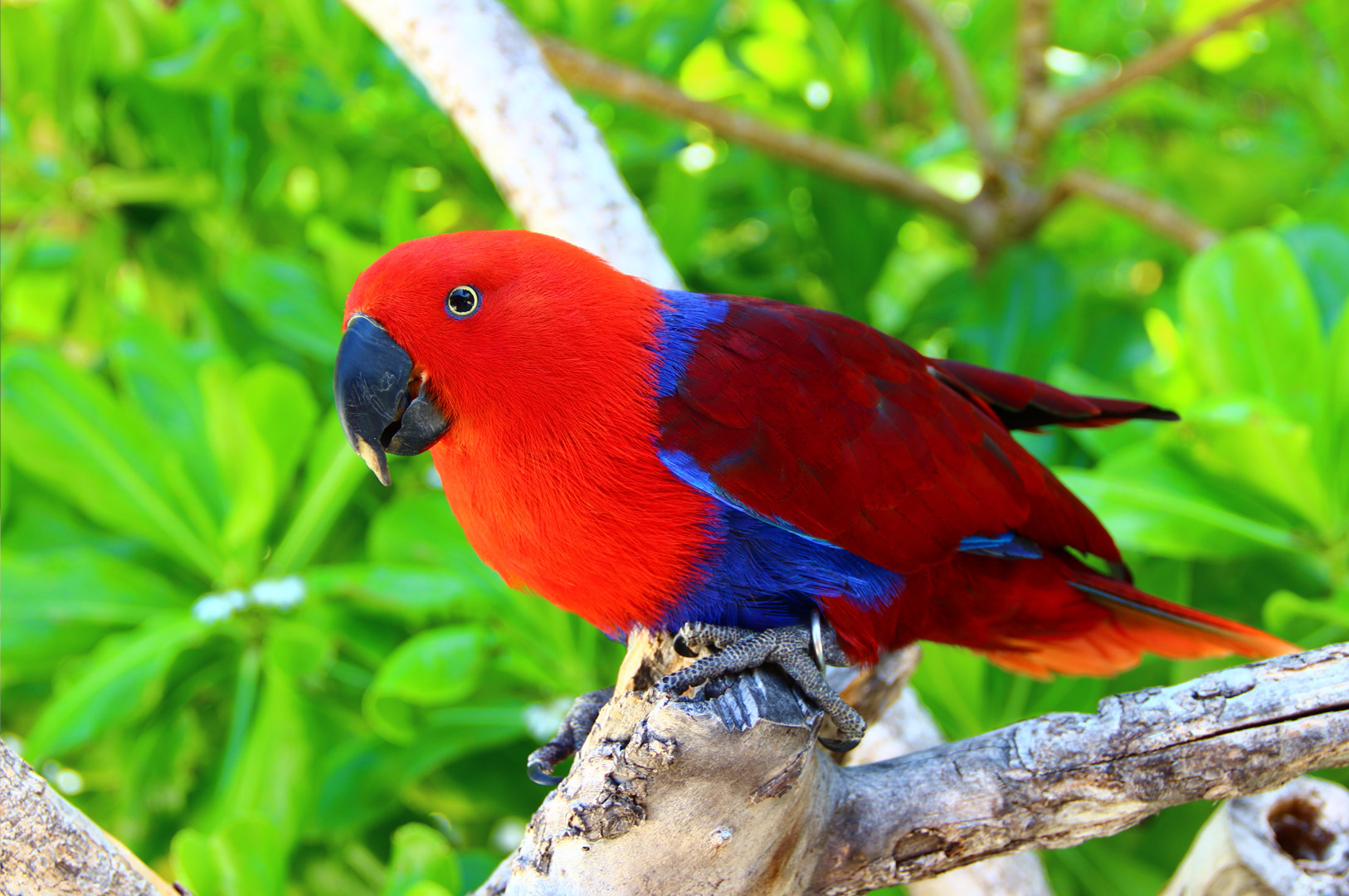
Eclectus
-
Loriini
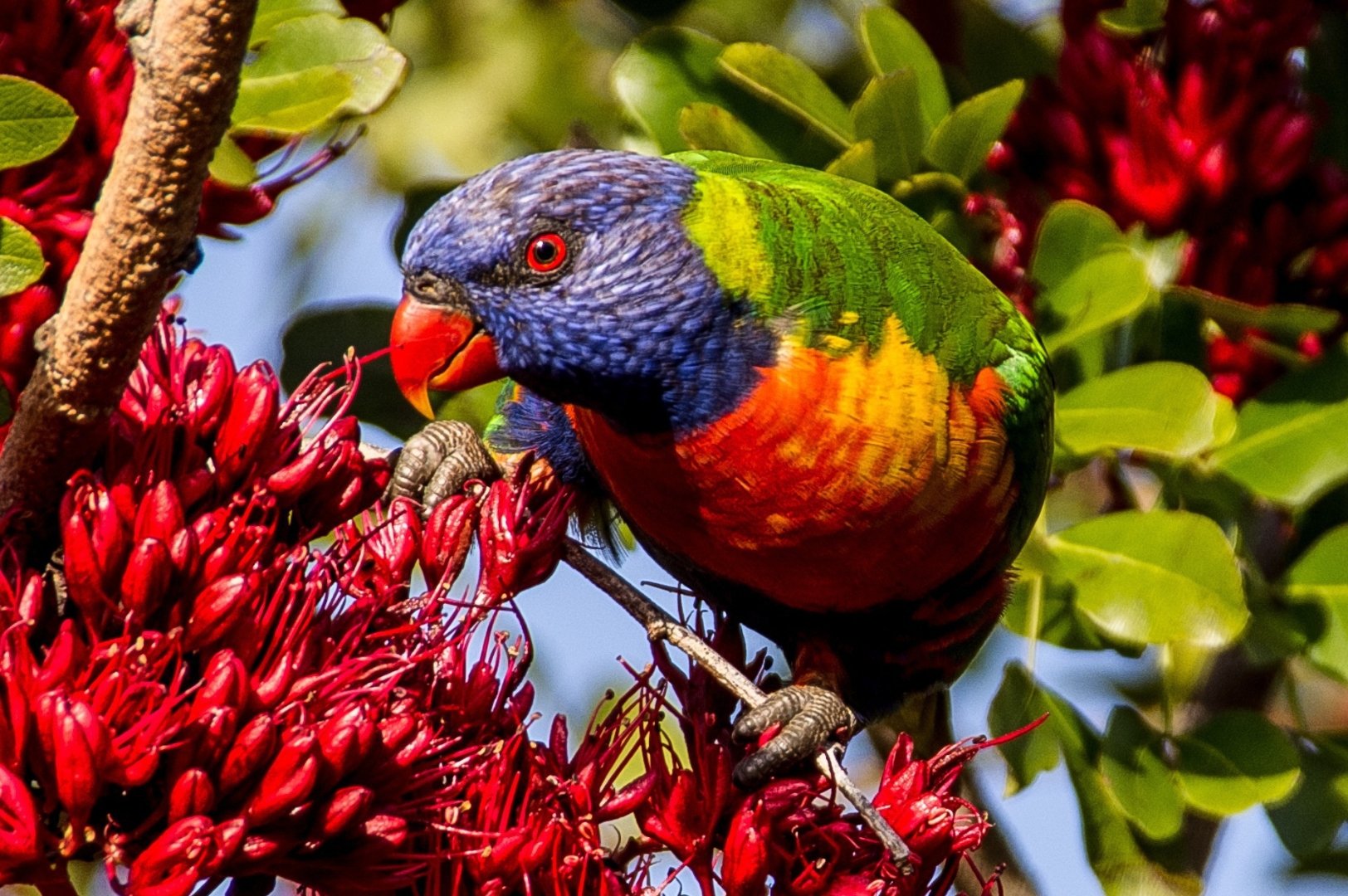
Lories & Lorikeets
-
Ara

Macaws
-
Forpus coelestis
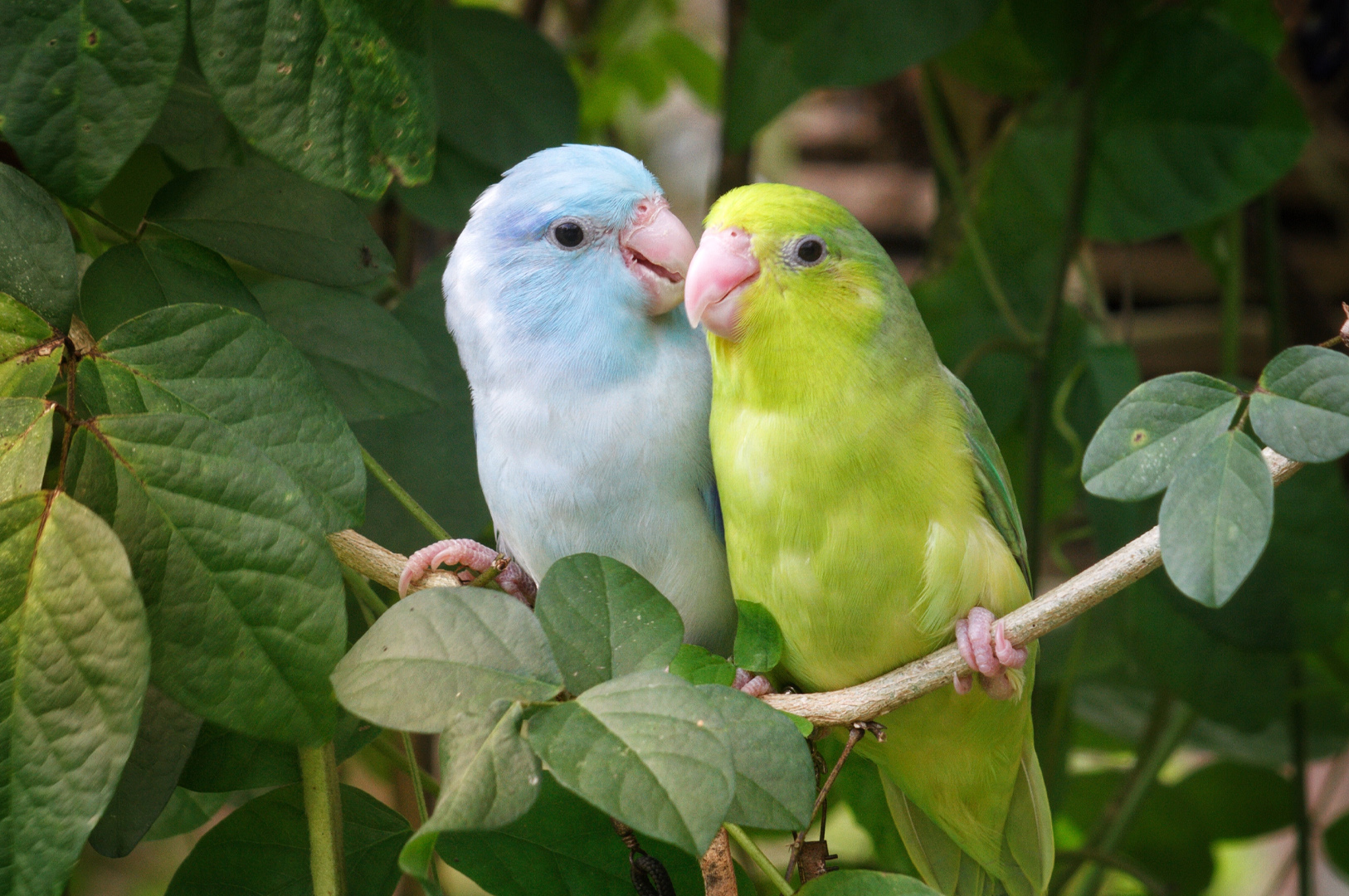
Parrotlets
-
Piocephalus
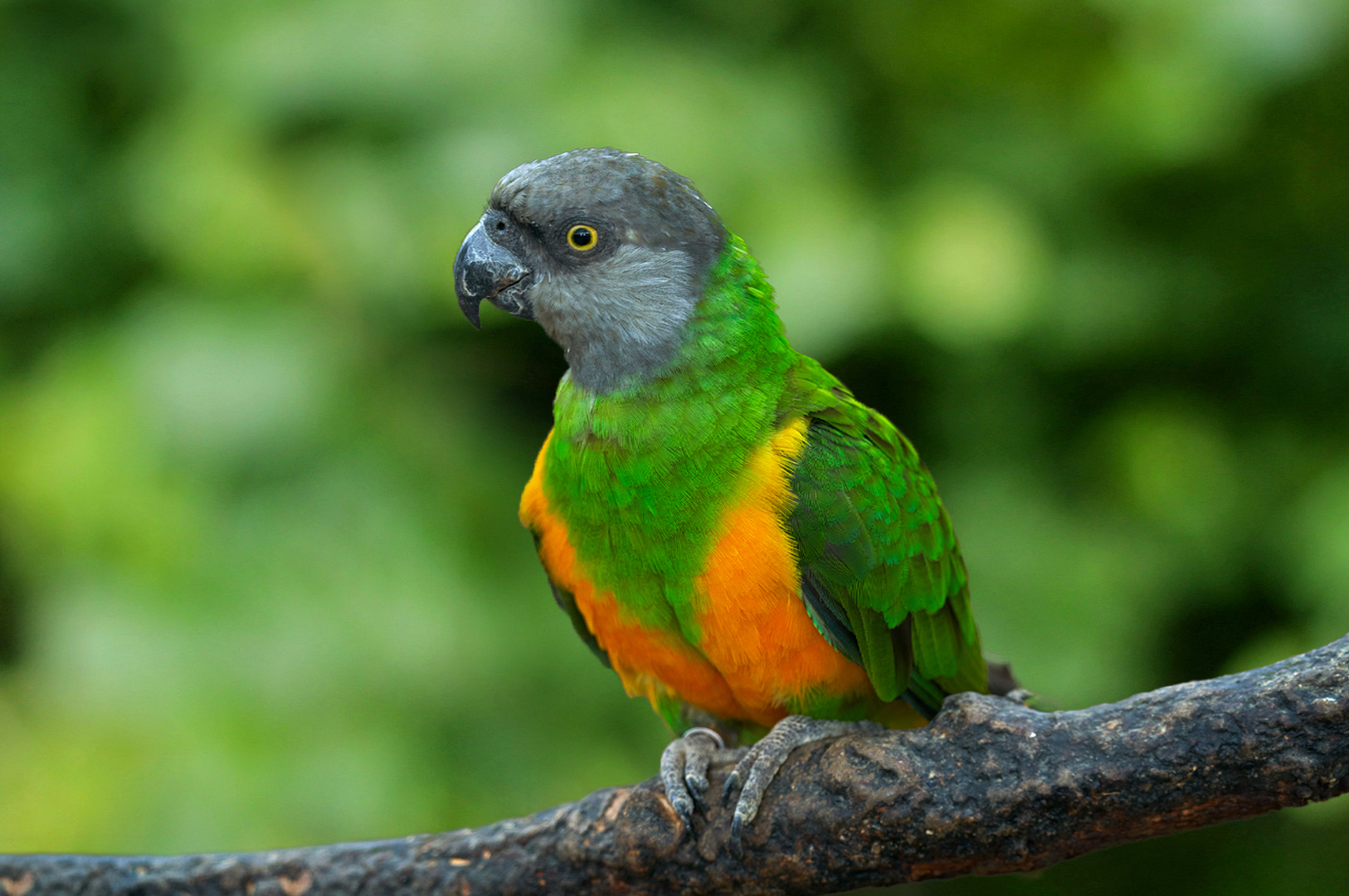
Poicephalus
-
Mysopsitta
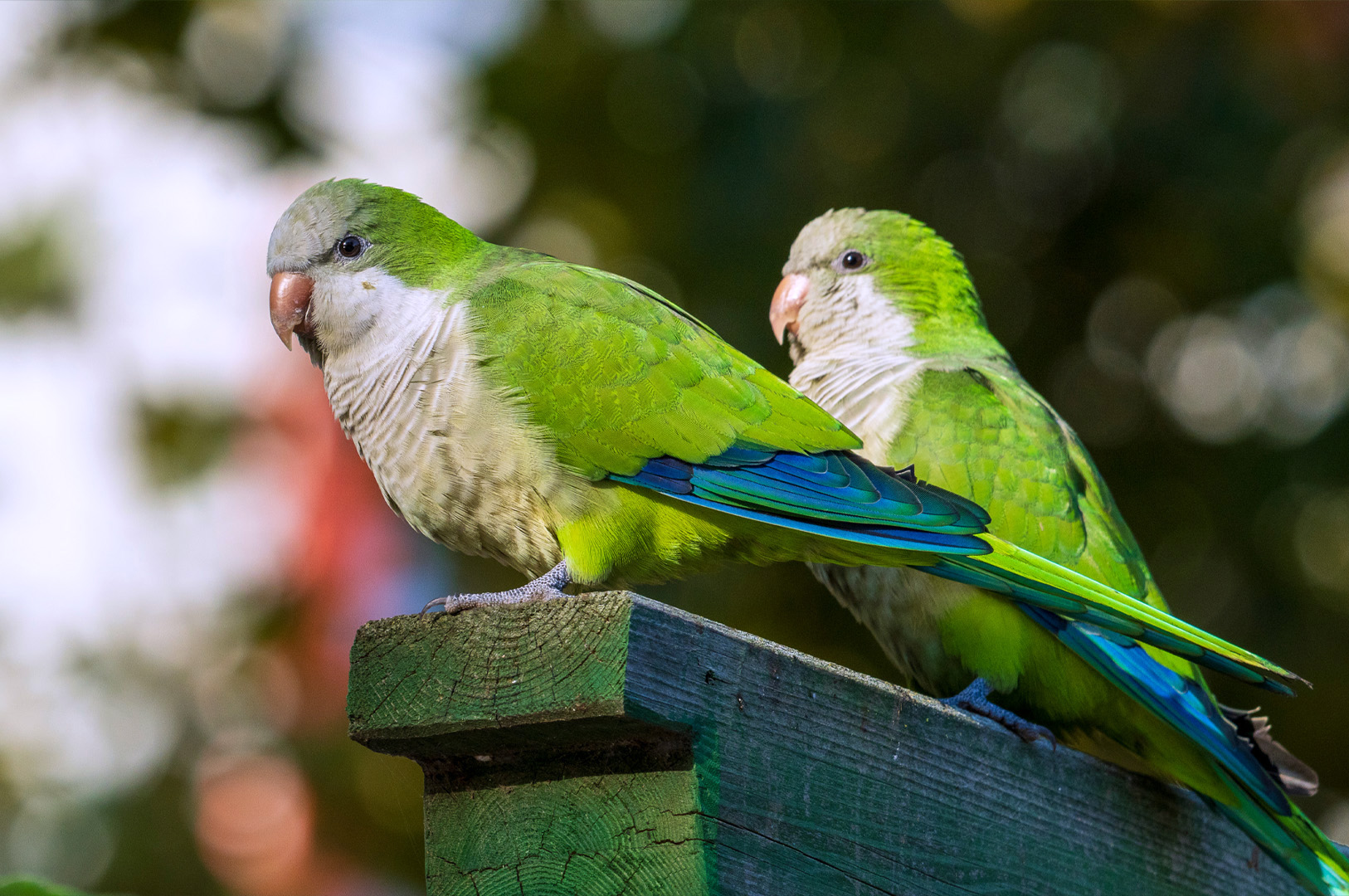
Quaker
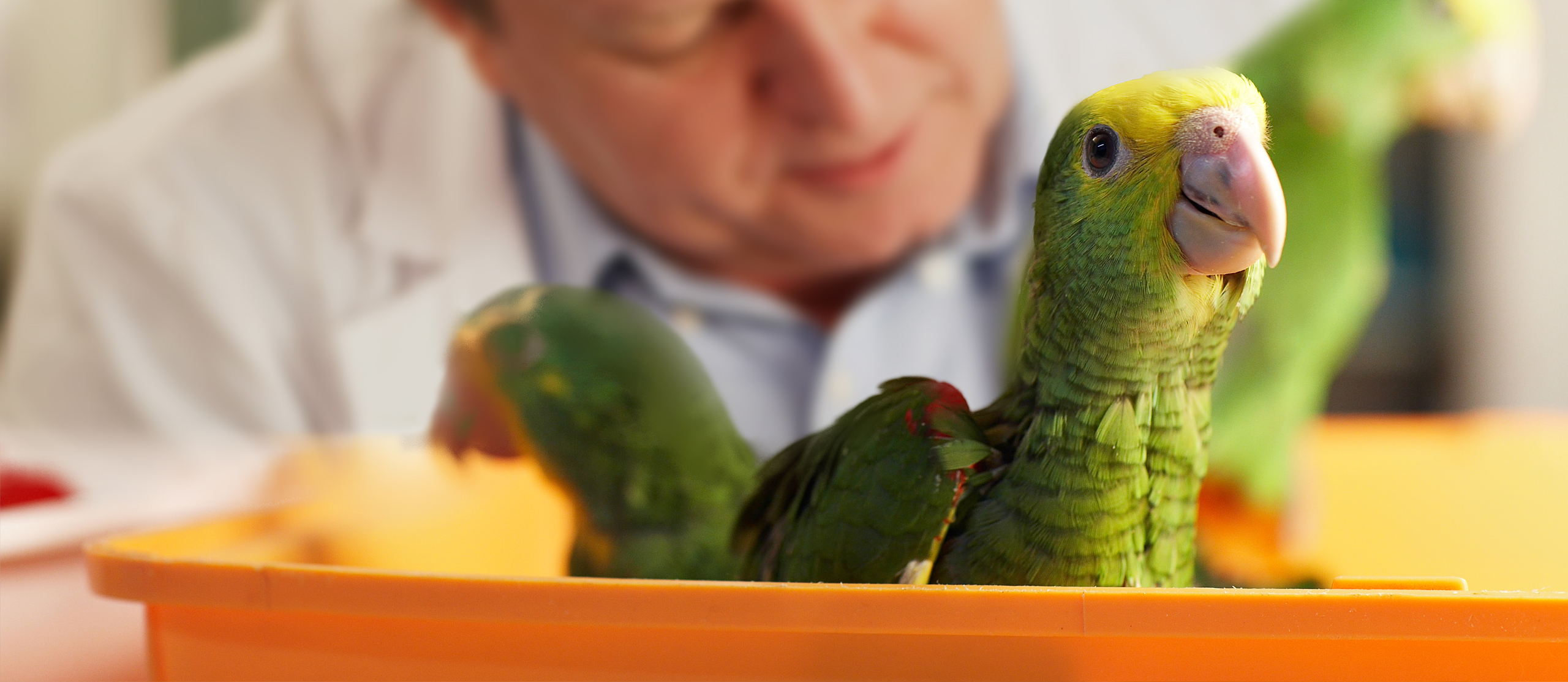
The HARI Facility
As a leader in avian research, HARI’s mission is to promote the advancement and improvement of Companion Bird Care and Aviculture through education and research in areas of psittacine health, nutrition, breeding, early parrot education, and product development.

